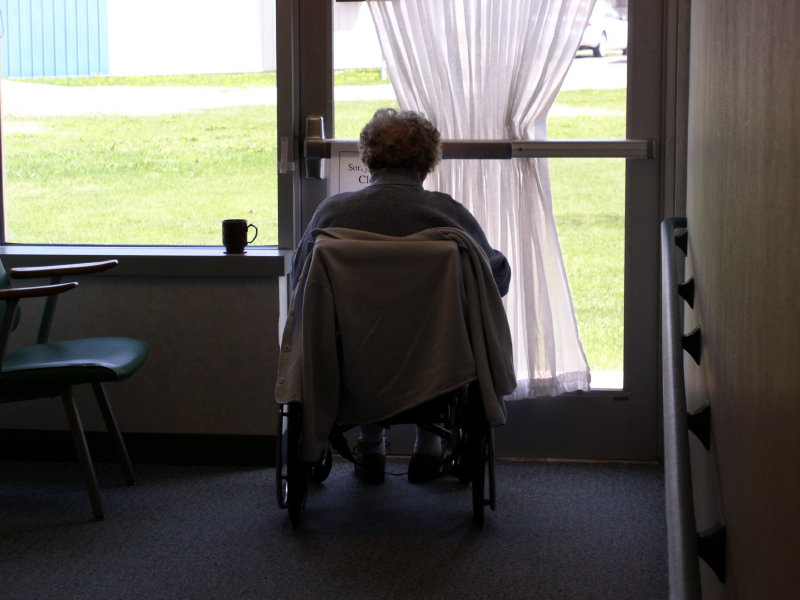Worldwide numbers of people living with dementia or Alzheimer’s Disease is expected to reach 115.4 million by 2050, according to the World Health Organization. This projected surge in dementia rates will place a huge burden on caregivers and health budgets alike. But researchers are working diligently to find treatment and prevention options quickly.
While much of the research into Alzheimer’s focuses on drug trials and early detection, a recent study from Australia’s University of Queensland had uncovered promising non-invasive and drug-free treatment using ultrasound technology. The relatively inexpensive therapy was found to effectively restore memory loss and cognitive decline in studies of mice.
One of the hallmarks of Alzheimer’s disease is a build-up of sticky amyloid plaques in the brain. Ultrasound waves were used in combination with an injection of microbubbles (which acted as a contrast agent) to open the blood-brain barrier for a few hours while stimulating microglial cells to clear these protein clumps. Within a short time, the protective barrier was restored to the brain. Memory function was fully recovered in 75 per cent of mice.
The study, published in the journal, Science Translational Medicine, emphasizes the potential of ultrasound technology in the treatment of AD and other diseases which involved amyloid plaques in the brain. Further study is necessary before beginning human trials, taking into consideration the difference in size of a human brain compared with a mouse and thickness of the human skull. To read the full study visit: http://stm.sciencemag.org/content/7/278/278ra33 .






Add Your Voice
0 Comments
Join the Discussion